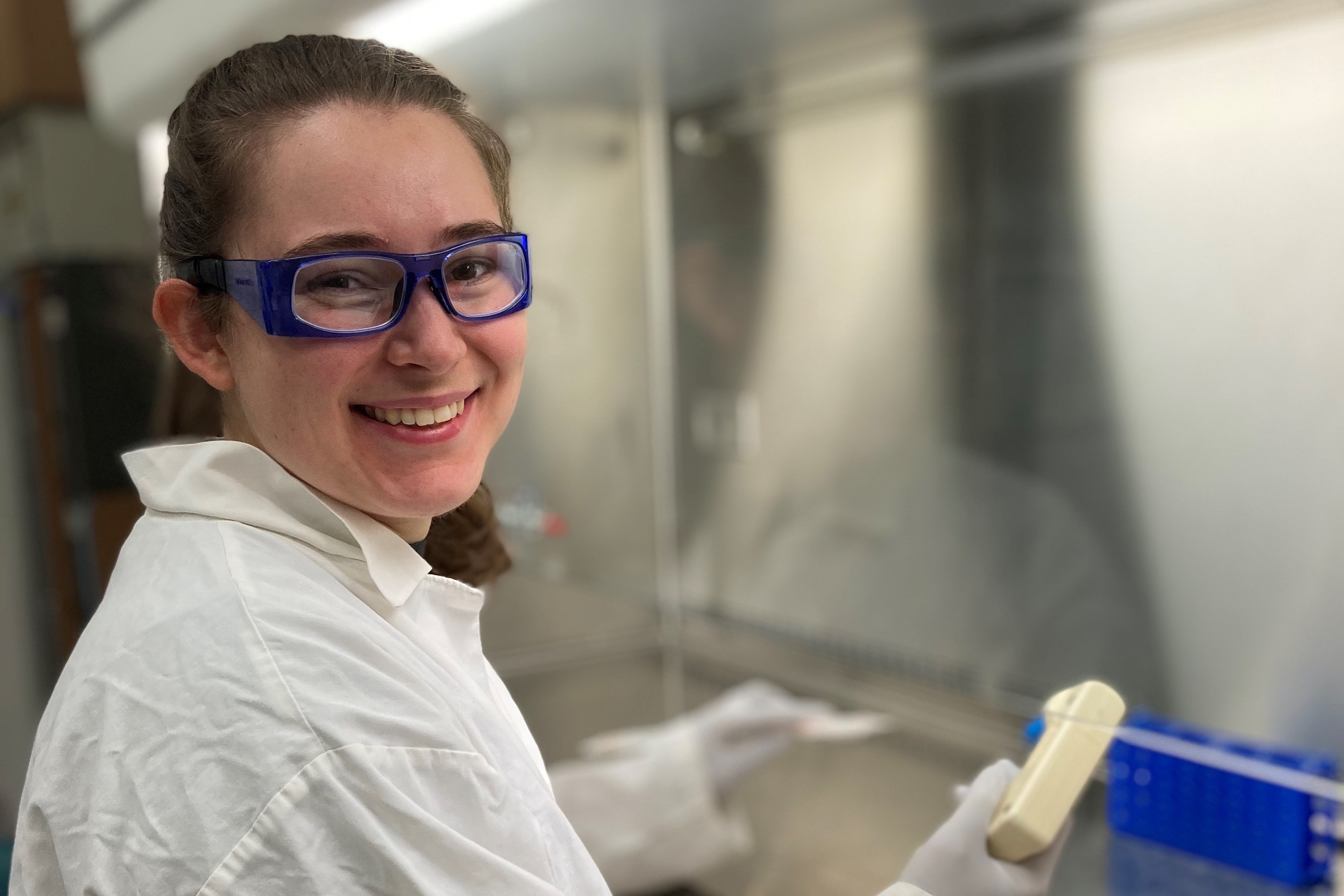Publications
Physicochemical Parameters Affecting Norovirus Adhesion to Ready-To-Eat Foods
- Date de publication : 2021-11-10
Référence
Trudel-Ferland, M., C. Goetz, M. Girard, S. Curt, A. A. Mafu, I. Fliss and J. Jean (2021). "Physicochemical Parameters Affecting Norovirus Adhesion to Ready-To-Eat Foods." Appl Environ Microbiol 87(23): e0139621.
Information Complémentaire
The adhesion of noroviruses to strawberry, turkey slices, ham, and cheddar cheese was studied using murine norovirus 1 (MNV-1) as a surrogate for human norovirus (NoV). Based on plaque assay, the recovery and adhesion of MNV-1 depended on the food type (turkey versus strawberry), pH of the initial suspension buffer (pH 4 versus pH 7), and food fat composition (C8 versus C18). Recovery of infectious particles from turkey was 68% compared to 9.4% from strawberry. On turkey, adhesion of MNV-1 was lower at pH 7 (pH of fecal matter), and virus particles adhered to this pH were recovered more easily (33,875 PFU) than at pH 4 (pH of vomitus). The presence of fat and the composition of fatty acids seemed to increase MNV-1 recovery and adherent viral particles recovered but did not affect adhesion (68% on fat-free turkey and regular turkey). Adherent MNV-1 particles recovered from stainless steel coated with saturated fatty acid (C8, C14, C18) increased significantly with chain length (P < 0.05), but adhesion did not seem to change. Using liquid droplet contact angle to measure surface energy, it was deduced that hydrophobic interactions contribute considerably to the adhesion of MNV-1 to stainless steel, polyvinyl chloride, and high-density polyethylene.
Mot(s) Clé(s)
Adhésion Microbiologie alimentaire Virus


